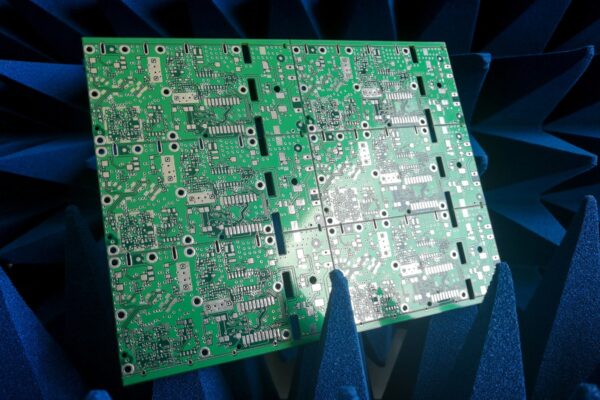What is Isolation
In the PCB industry, isolation refers to two distinct actions taken to reduce noise and interference in mixed-signal PCB layouts.
The first meaning of isolation involves splitting the system onto two separate ground planes. Ground planes are conductive layers in a PCB that provide a low-impedance return path for electrical currents. By dividing the system onto different ground planes, any noise or interference generated in one section of the PCB is isolated from the other section. This separation helps to minimize crosstalk and interference between different components or traces.
The second aspect of isolation focuses on separating nets or electrical connections on the PCB. Nets are the pathways that carry signals between components. When these nets are in close proximity, signals can interfere with each other, leading to degraded signal quality or noise. To mitigate this, designers physically separate the nets by increasing the distance between them or using shielding techniques. This separation reduces the likelihood of crosstalk and improves overall signal integrity.





